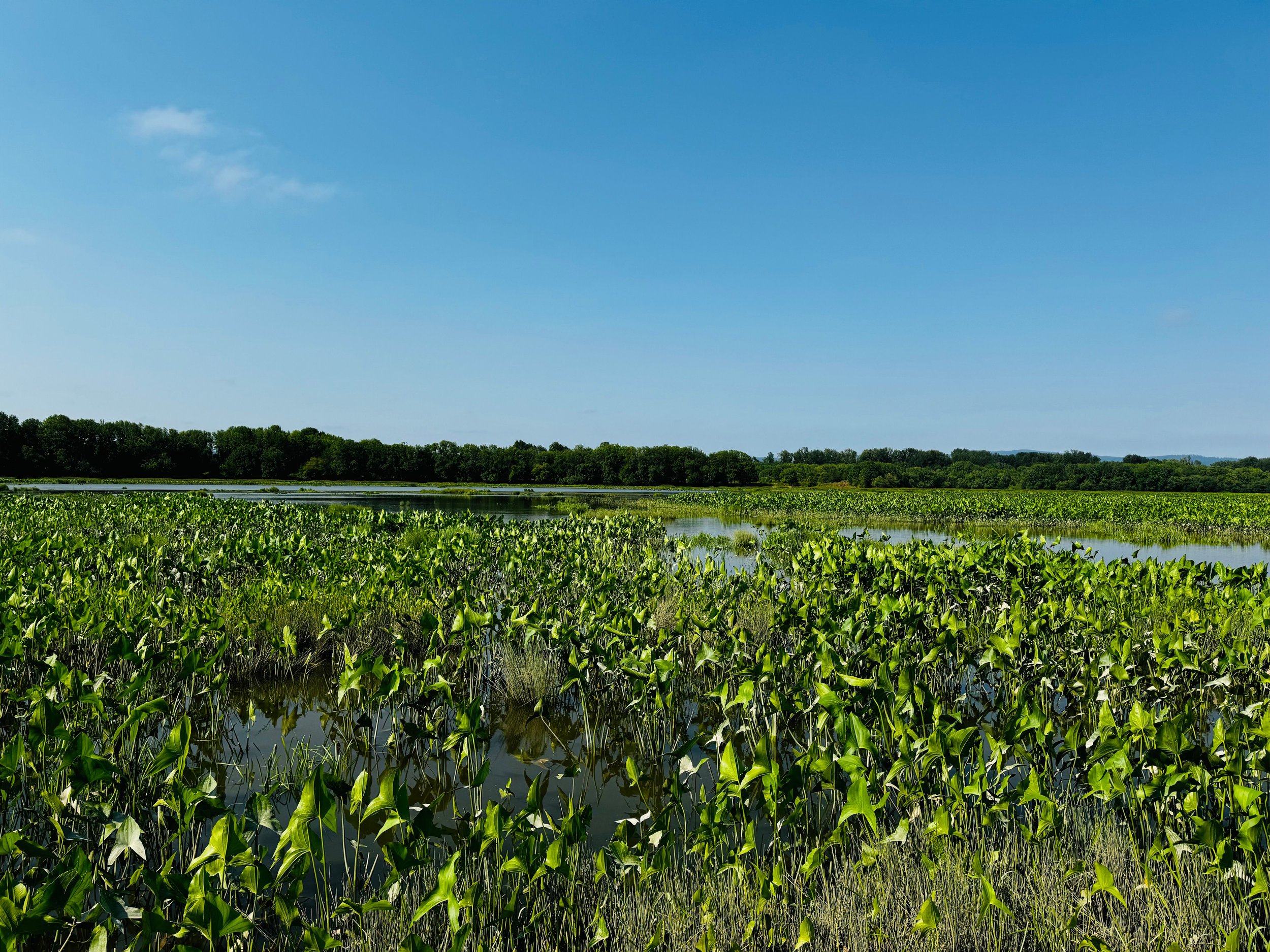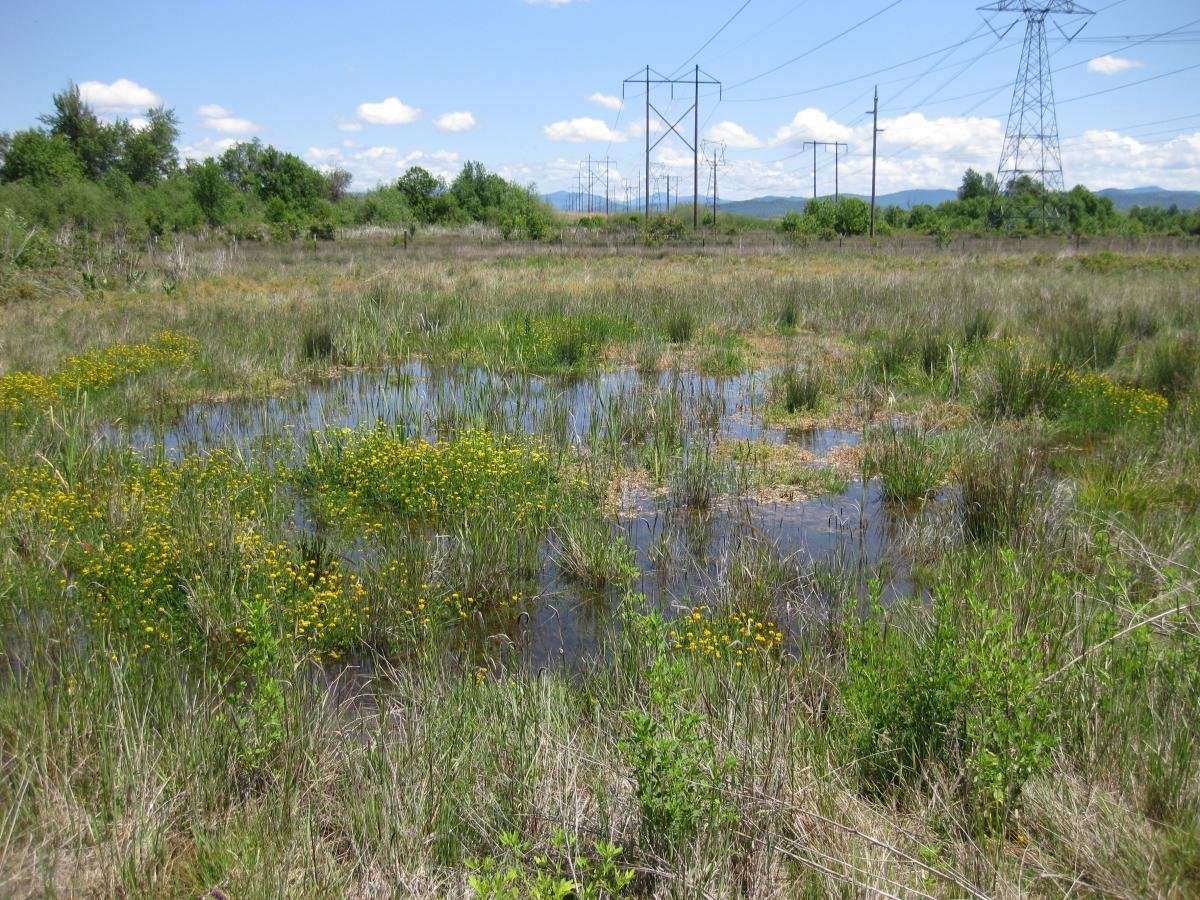
Wetland Services
As Ecologists and Wetland specialists, our primary area of expertise involves wetlands-related services. S&A provides a comprehensive list of wetland services for projects of all sizes. S&A staff are experienced in delineating wetland and water boundaries using industry best practices to meet state and federal regulations.
Functional Assessments
Oregon Rapid Wetland Assessment Protocol (ORWAP)Stream Function Assessment Method (SFAM)Hydrogeomorphic classification (HGM)Oregon Freshwater Wetland Assessment Methodology (OFWAM)Washington Rating SystemStreamflow Duration Assessment Method
Site Visits
Determinations
Delineations
404 Removal Fill Permits
Wetland related services include, but are not limited to:
Mitigation Design
Construction/Planting Supervision
Mitigation Monitoring
Local Wetland Inventory Creation
Wetland permitting is the process of obtaining approvals from federal, state, and local agencies before conducting activities that might impact wetlands. Regulatory agencies such as the U.S. Army Corps of Engineers and state departments, review the application to ensure compliance with environmental laws. Mitigation is often required for wetland loss.
Similar to the above, but end product is a formal report for regulatory agencies on compliance, land use planning, conservation, and environmental impact. Agencies review the report, consult with S&A for queries or site visits, and then issue concurrence defining jurisdictional wetlands/waters
Process of assessing whether an area meets the criteria to be classified as a wetland. This is generally the office research, fieldwork, and memo provided to the client to help them make educated decisions for regulatory, conservation, and land management purposes.
Wetland Determinations
Wetland Delineations
Wetland Permitting
Additional Wetland Services
-
Wetland Inventories provide a database of the location, extent, and type of wetlands within specific regions. They are created for regulatory agencies for informational and regulatory purposes. The inventory includes data collected through field surveys, aerial photography, and remote sensing, compiled into a report for public use.
-
For impacts to wetlands/waters, mitigation in the form of creation, restoration, enhancement, or preservation of wetlands is often required. Mitigation is required to replace lost ecological functions and values and to comply with regulatory requirements. S&A helps with design and planting plans of mitigation areas.
-
Functional assessments such as the Oregon Rapid Wetland Assessment Protocol (ORWAP) and the Stream Function Assessment Method (SFAM) are standardized methods used to evaluate the functions and values of wetlands and waters in Oregon. The assessments provide scientific bases for decision making in wetland management.
-
Mitigation monitoring involves continued assessment of mitigated wetland areas to ensure they achieve the ecological functions as required for regulatory compliance. This involves yearly monitoring and providing recommendations for adaptive management to achieve the desired outcome.
-
Construction monitoring involves overseeing the creation of wetland mitigation areas including creation, restoration or enhancements. The oversight helps to ensure the mitigation area is built according to design specifications and regulatory requirements. This is to help ensure the new areas will function as intended.
-
A wetland management plan outlines goals and objectives, provides a baseline assessment, establishes strategies, and includes monitoring and assessment. It may involve stakeholders and offer education and outreach. The plan sets a timeline for achieving goals and includes contingency measures, helping manage and protect wetland ecosystems.


